The COVID-19 pandemic has been so isolating, divisive, and challenging, inclusion is a priority now more than ever! Whether it's managing a hybrid workplace, or the need to systematically and actively address a lack of diversity and inclusion with race, physical orientation, sexual orientation, gender, or socioeconomic differences.
More companies these days are trying to be empathetic towards people and taking a stand towards developing better Diversity, Equity & Inclusion (DEI) policies.
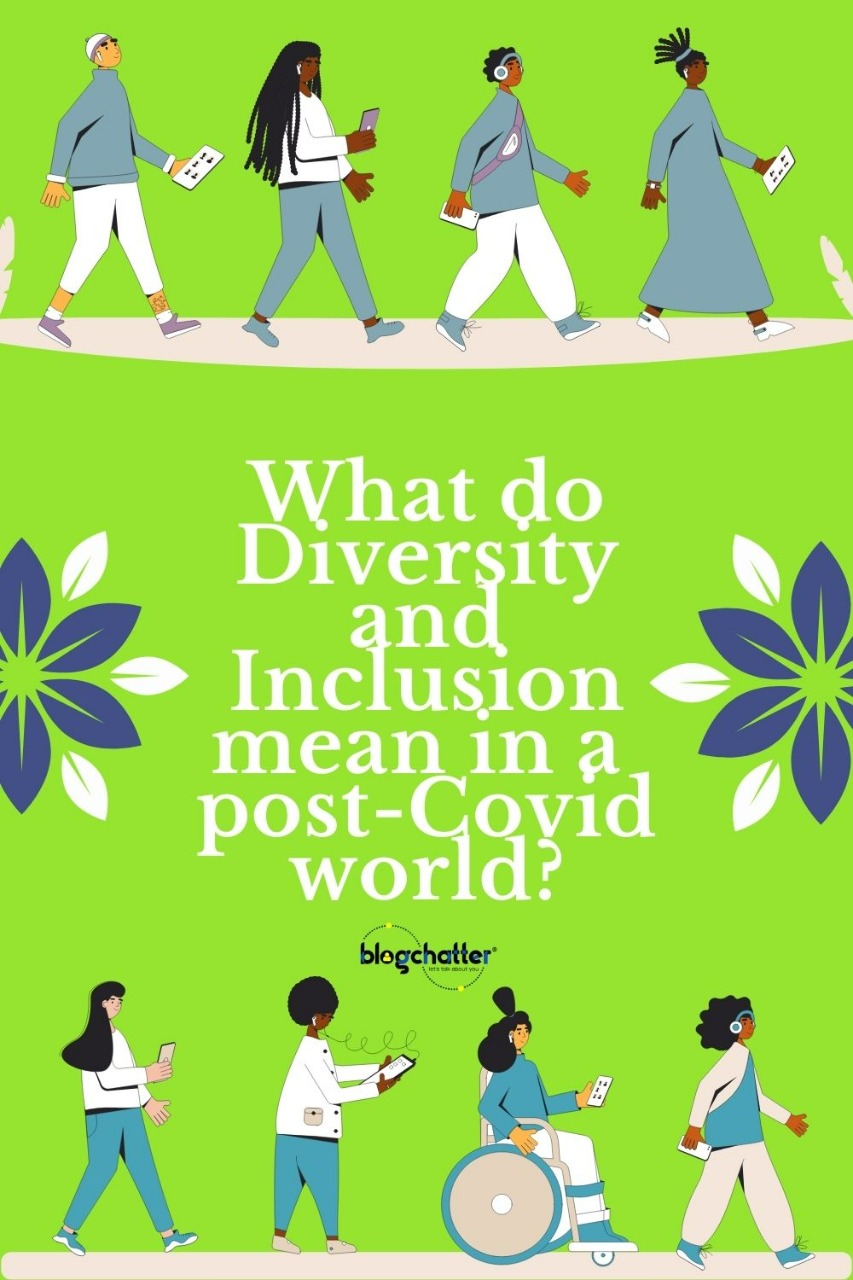
What are diversity and inclusion?
A workforce is said to be diverse when it is made up of employees from different age groups, races, peer groups, cultural backgrounds, physical abilities, sexual orientation, genders, religions, disabilities, and colours. True workforce diversity, however, extends way beyond these categories.
It includes all those elements that make every employee unique; their perspectives, characteristics, preferences, even their biases.
Inclusion, on the other hand, can be defined as the development of a work environment that treats all of its employees respectfully and fairly, lets them have equal access to the resources and opportunities, and contribute to the organisation’s success in their unique approach.
Simply put, diversity is all about the "what" – it mainly focuses on what your workforce is made up of. Inclusion is all about the "how" – how is a workplace created, its work culture and environment that enables all colleagues to participate and thrive.
What do diversity and inclusion mean in a post-covid world?
With the first wave of COVID-19, a global lockdown was a reality we all had to deal with, leading to a sub-optimal headspace for us all. As everyone got anxious about their professional and personal life, locked inside their houses, with a completely justifiable panic regarding personal health. It got worse with the second wave, and we couldn't help but feel helpless in the time of need.
With so much going on around and people having nothing to distract them with, every single person was affected by the protests, events, conversations, misinformation, etc. As a result, people are very aware of everything around them these days. Corporations CAN NOT skip talking about issues simmering just under the surface such as racism, injustices, and systemic inequalities.
An economic recession combined with a new normal of hybrid working has mutated collective minds into being more sensitive and inclusive with a diverse group of people. Just think about it - the BLM (Black Lives Matter) movement actually began back in 2013. But it grabbed people's attention only in the past couple of years. The reason - focus. People are more sensitive to the plight of their friends, neighbors, and even strangers with a post-covid world that has given people the space to think about how it feels to be in the shoes of another.
Developing an inclusive work culture
There is a lot that the world has to grapple with. But the biggest barrier in bringing diversity and inclusion in any workplace, learning institutes, or peer group is our cognitive bias. A cognitive bias refers to a systematic blunder in the thinking process that is shaped by the environment around us. It occurs when we try to process a set of information and try to make sense out of it.
Cognitive bias affects our decision-making processes. A workplace might be facing major differences because its employees might not be able to deal with cognitive bias.
Teams take nonsensical decisions due to things imbibed in their minds, say, women become cranky when leading or that a younger person is more physically agile and so on. This system of stereotype-influenced thinking is known as unconscious bias and people should steer clear of such flawed thinking. Companies can train their employees on overcoming unconscious bias while interacting with colleagues and clients for a healthier work environment.
Apart from this, here are a few pointers to creating a more inclusive and diverse workplace in 2022:
- Be open-minded
- Connect with your employees
- Support your employees' differences and celebrate them
- Create resource groups
- Rethink your meetings
- Make sure everyone feels safe
- Let people drop honest feedback
- Speak up about inclusion
How diversity and inclusion will establish more effective leadership?
Inclusive leadership is critical for making sure that diverse thinking is respected, heard, managed, and applied in a workplace.
Inclusive leaders who comprehend how different thinkers might react to different situations are prepared uniquely to communicate and influence their teams in a way that easily gets everyone on board with the latest ideas. There will always be new and acceptable ways of doing things.
Here are some of the things that inclusive leaders do to support their teams and organizations in actually getting to incremental improvement and turn everyone's ideas into business impact:
- Inclusive leaders provide a “voice” to all the creative and innovative thinkers on a team.
- Inclusive leaders plan intentional opportunities for collaboration and innovation.
- Inclusive leaders understand how to harness the diversity within their teams to fulfill business needs.
- Inclusive leaders learn how to get every person on board with the evolving workplace or any other change.
Wrapping up: diversity and inclusion to provide equity for all in 2022
More and more, opportunities have opened up for corporations to extend their inclusion policies. We are in 2022, and the age of inclusion is here. Diversity is crucial in bringing innovation, but it is not enough. If you want a better working culture where the right solutions rise to the very top, start giving everyone the chance to speak their minds. But as always the culture of a community or an organization should begin with your leaders.
So, where does your organization stand on diversity and inclusion?
You can read more about inclusivity here.

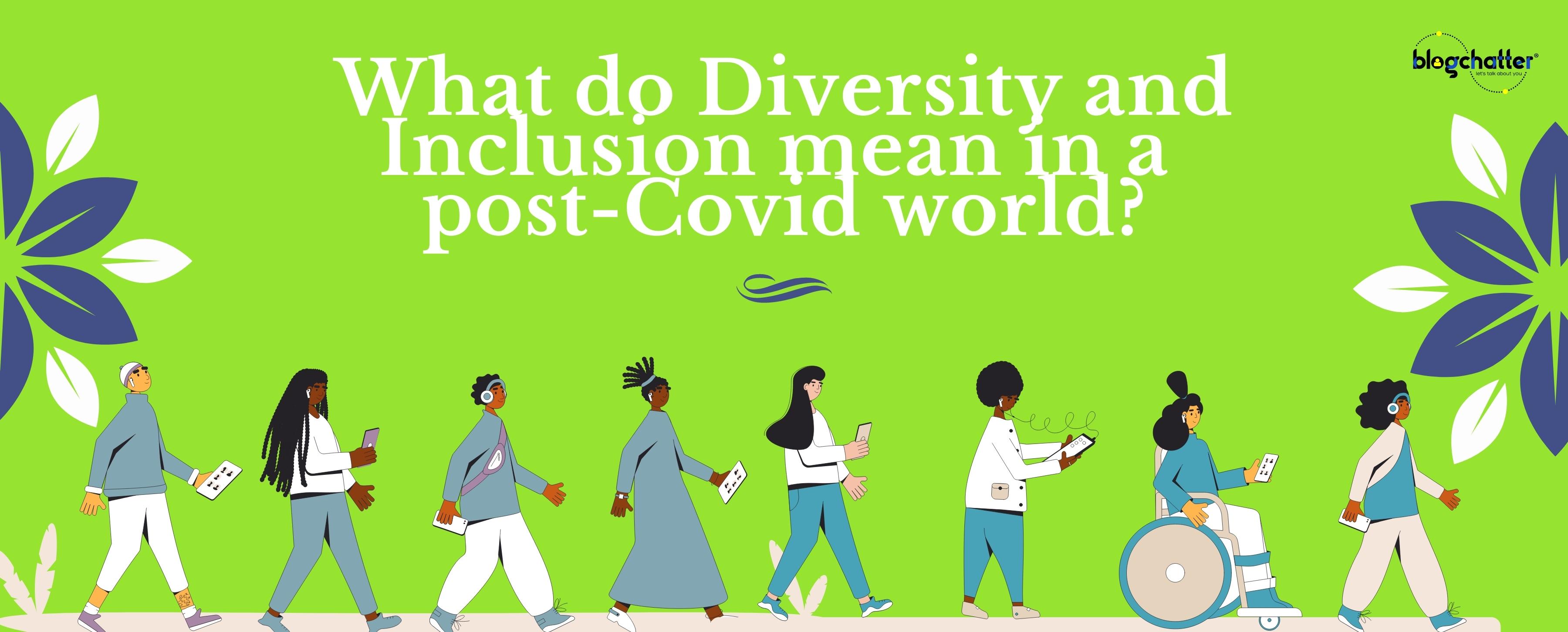
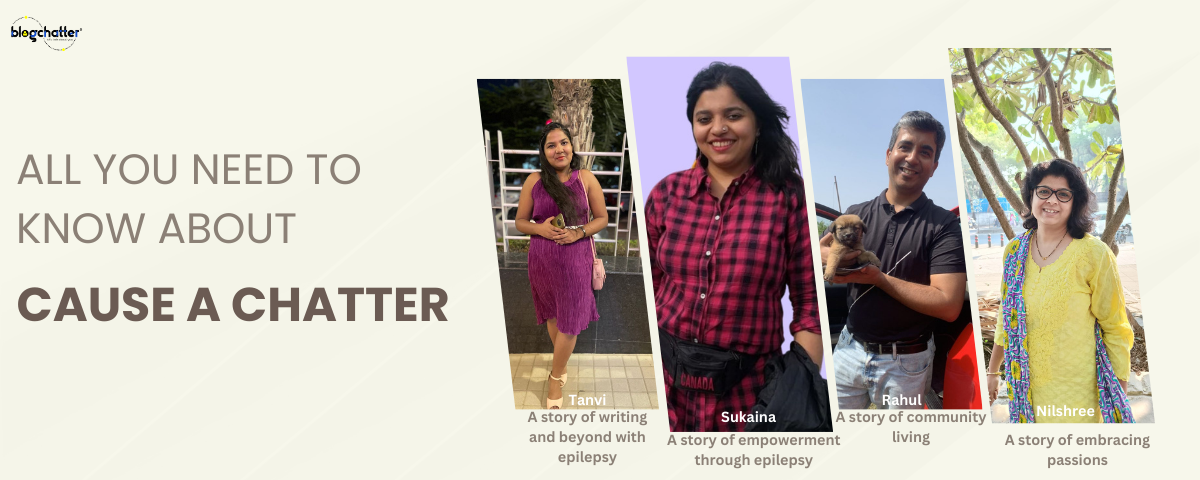

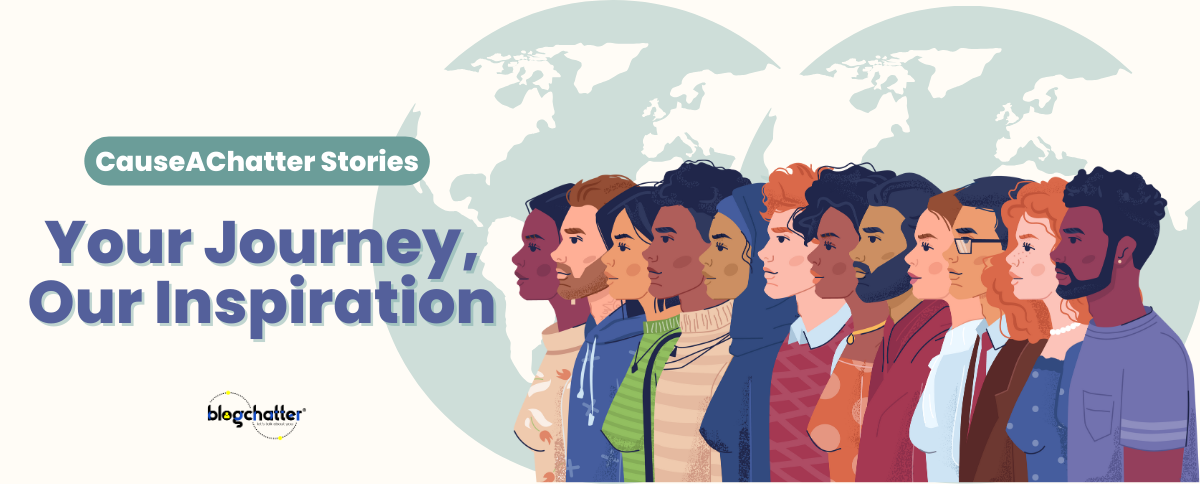
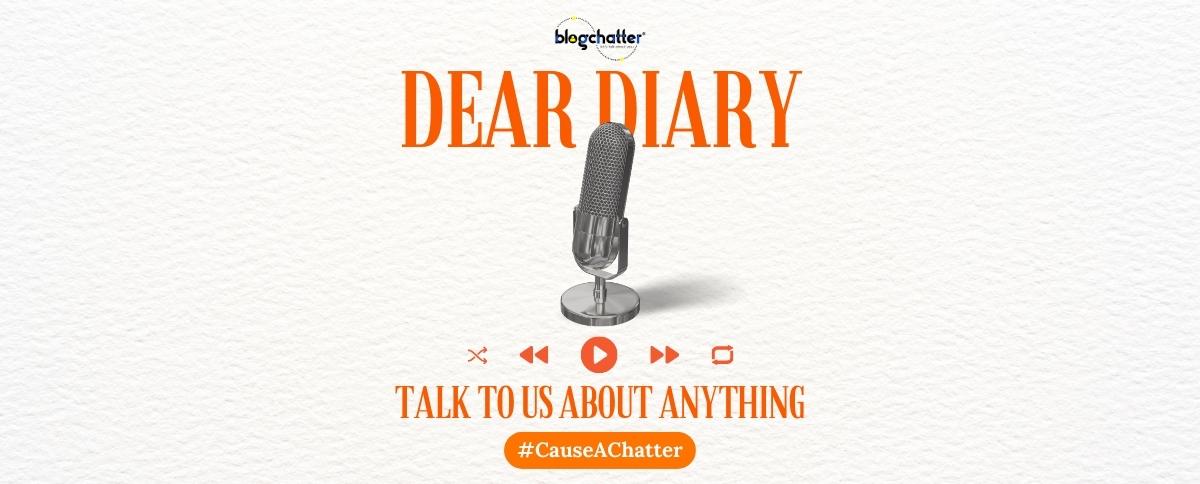

Comments
Yes, COVID ( I am being cautious not to say post-COVID yet ) has really sensitized us to the needs of various segments of our society , we need to make the most of this momentum.
Yes, inclusion has become the need of the hour and can't be ignored any longer. Respecting the diverse views and including them in the group goals is necessary for the success of any organization